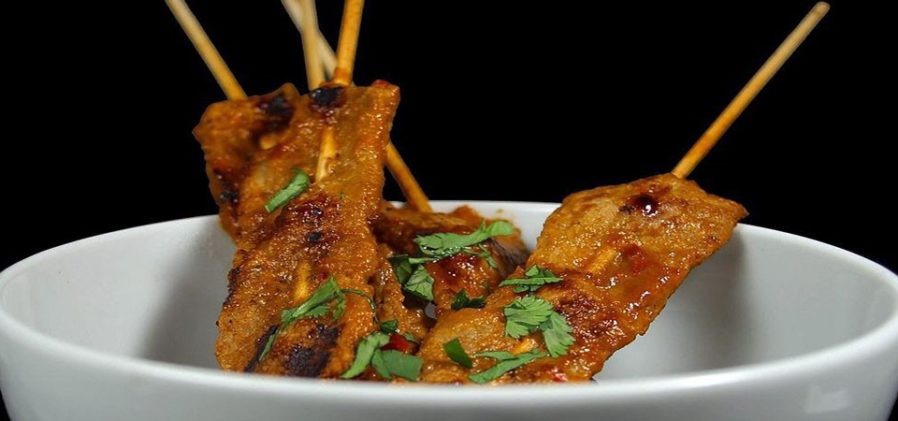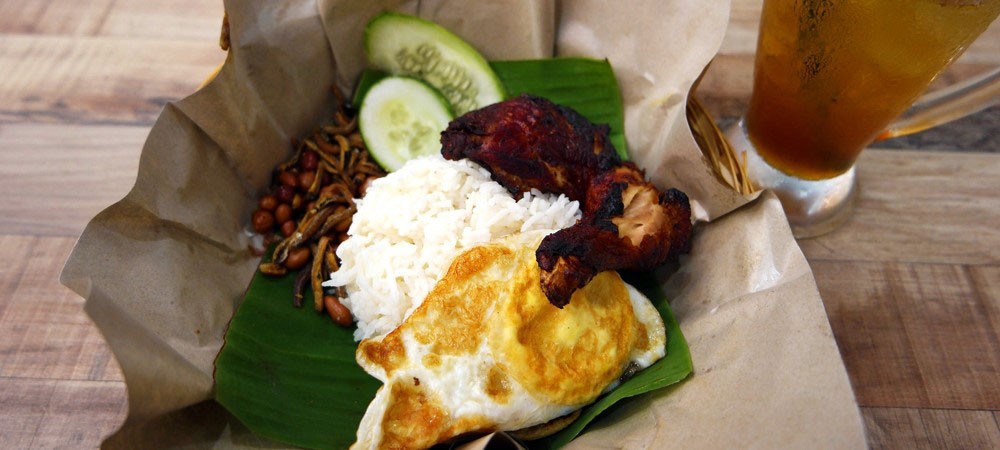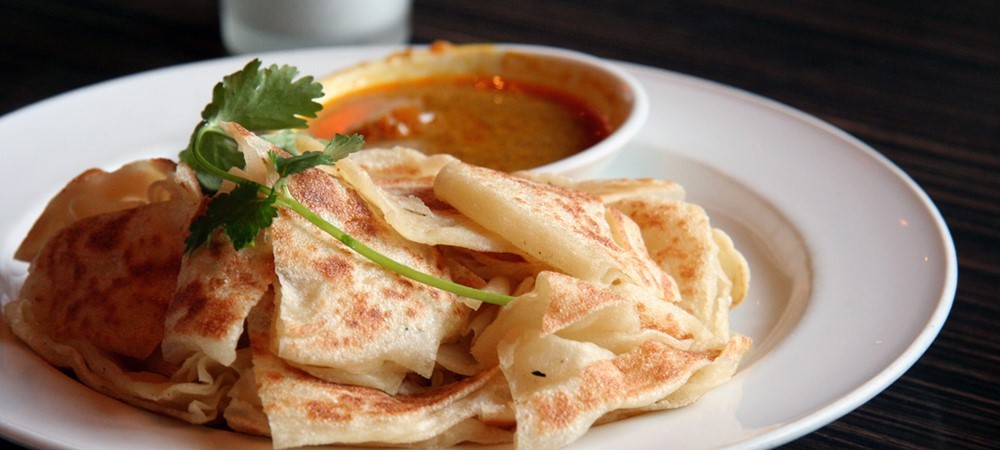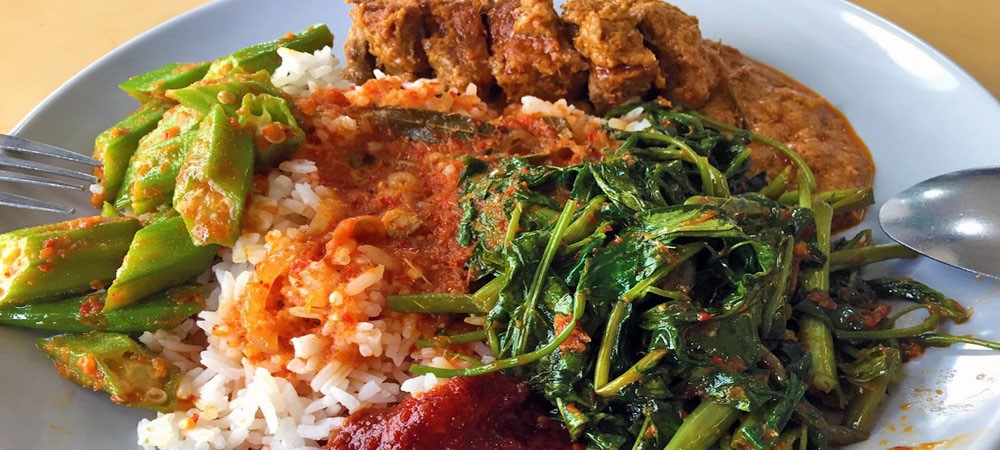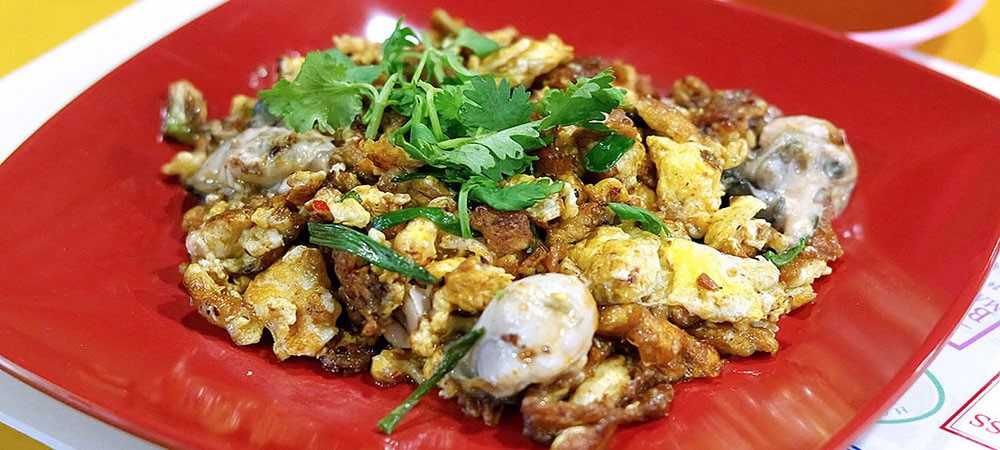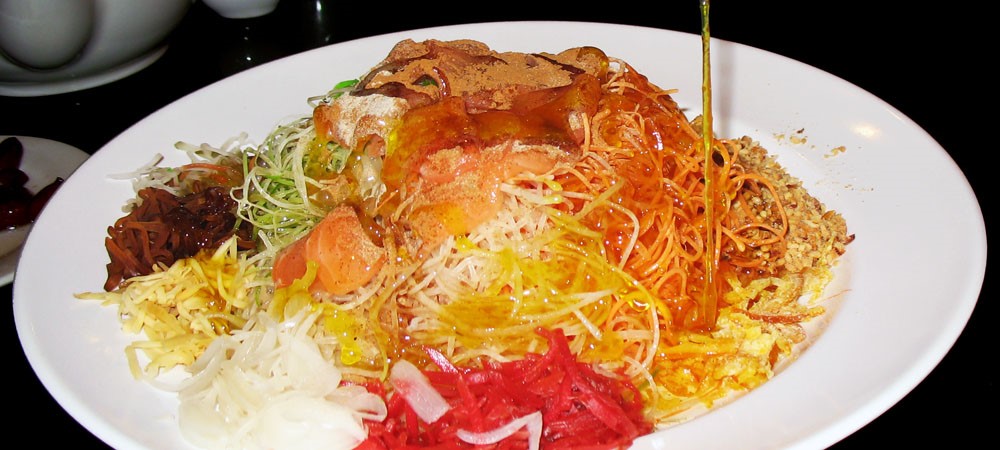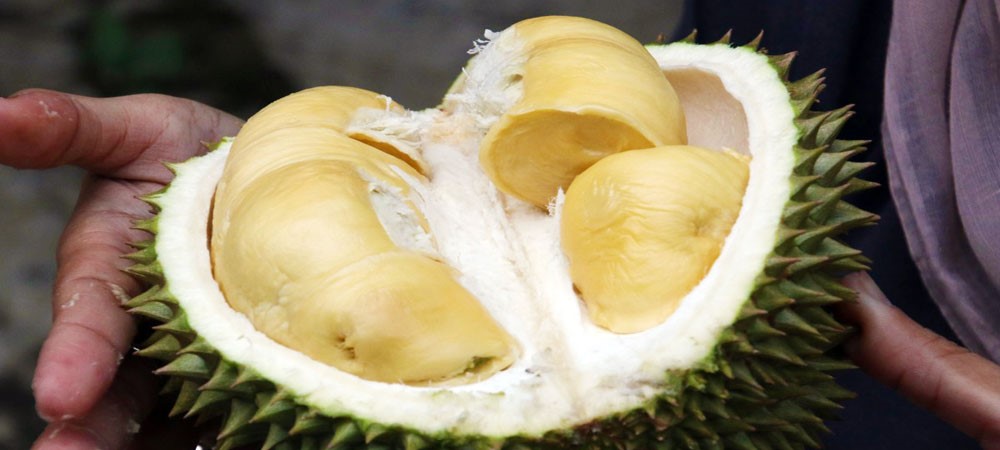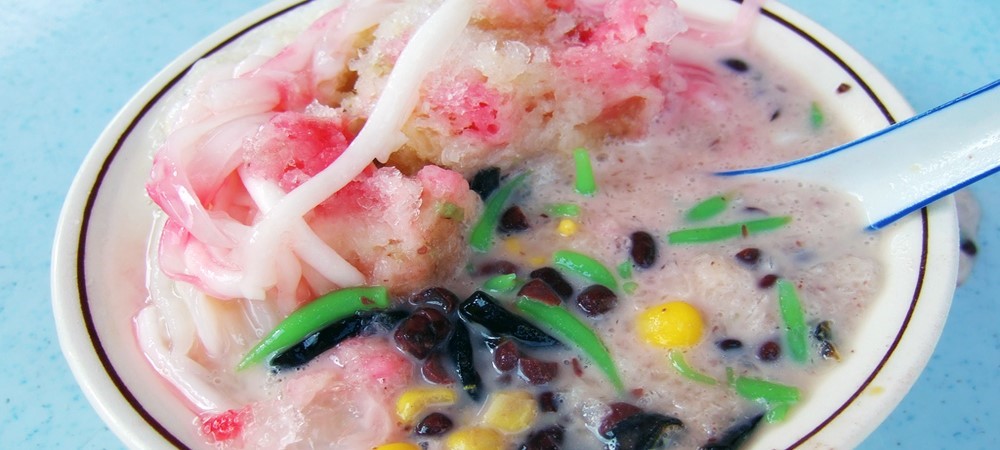Malaysian cuisine is undoubtedly one of the most underrated in Asia and indeed the rest of the world.
Most of us know about how good Thai, Vietnamese and Indian food is because there are so many restaurants show-casing these cuisines in the West. However, it’s quite rare to have any restaurants that are quintessentially Malaysian. This is a shame, because Malaysia is a very multicultural country that was built largely on the trading of spices from Asia to Europe, and this is certainly reflected in its cuisine. Malaysia’s large ethnically Indian and Chinese populations are certainly reflected in some of the best dishes Malaysia has to offer. But, the ethnic-Malay (known as the Bumiputra) also has some unique dishes in its own right.
Despite the contrasting cultures in Malaysia, few would dispute that the national dish is “Nasi Lemak”. Nasi Lemak is rice cooked in coconut milk traditionally served with anchovies in a spicy sauce (known as ‘Sambal’), and then with various side dishes depending on where in Malaysia it is found. These can include, roasted peanuts liberally crushed and served on top of the rice, as well as a hardboiled egg and in some places even chicken replacing the anchovies completely. But wherever you are in Malaysia, it is always guaranteed to be widely available by street vendors and also always cheap and invariably delicious.
For a dish that represents the Indian influence on Malaysian cuisine, you have to look no further than Roti Canai: This dish is a play on the ethnic-Tamil southern Indian “Roti”, which is essentially a thin crispy savoury-like crepe, with “Canai” meaning “to flat roll” in Bahasa-Malay. In Malaysia, particularly in the “Little India” districts of Kuala Lumpur and Georgetown on Penang, it is readily available from both street vendors and restaurants throughout the day, where it is served with a plethora of different ingredients, such as curried vegetables, chicken or sometimes mutton, as well as dhal (lentils) with a wonderful shredded coconut dipping sauce.
Rendang is a dish that originates from neighbouring Indonesia but is now very popular in Malaysia as well as the southern Philippines. It is commonly found during Eid al-Fitr celebrations across Malaysia – which marks the end of Ramadan – and could be described as a ‘dry curry’, as it is like a curry without much sauce or liquid. Rendang in Malaysia is almost always found with beef as the meat, and will be cooked with red chilli peppers in a coconut sauce and will commonly be served with steamed rice and cassava leaf.
This dish is known as Nasi Ramas Padang, and the beef is cooked more quickly than its Indonesian variant, which makes it much “wetter”, with more liquid that hasn’t been evaporated. This “wetter” version of the beef curry is often referred to as ‘Kailo’. You will commonly find this dish on peninsular Malaysia in places such as the Cameron Highlands and Kuala Lumpur during the Eid celebrations, where it is often served for free as part of the festivities which tourists of any religion or culture are often welcome to participate in.
“Oh Chien” or “Luah” is a Malay-Chinese dish with origins from Taiwan, which is essentially an Oyster Omelette. Small oysters are selected especially for the dish, and they are flash-fried and folded into the egg batter, which is then itself fried to a crispy finish. Although this sounds simple, it is fairly tricky to get the right balance between too ‘wet’ and ‘too dry’, with an under or overcooked batter.
A spicy sauce is always served up as a side dish specifically for dipping the omelette in, and this can be found especially in the “Chinatown” neighbourhoods in Kuala Lumpur and Georgetown, as well as the predominantly Chinese culture found in Kuching on Malaysian-Borneo.
For another Chinese influenced “Malay-Chinese” dish, “Yusheng”, meaning an “increase in abundance”, is part of the core festivities in Chinese New Year across ethnic-Chinese communities in Malaysia. It is made from raw fish which is tossed ceremoniously at the table with shredded vegetables, with all sorts of spicy and deep fried condiments on the side. Yusheng is therefore considered to be a highly symbolic food which represents the hope for abundance and prosperity in the coming New Year.
For a bit of controversy, mainly because it is a real “love it” or “hate it” food, look no further than the notoriously smelly fruit named Durian! Durian is actually banned from all public transport systems in Singapore, Malaysian and Bangkok. This is because it has a distinctive and overpowering smell that some akin to rotting fish! However, the taste is very different but very hard to describe as it combines a savoury, sweet and some say even a garlic taste all rolled into one. In fact, the taste seems to be described very differently from person to person.
If you are feeling adventurous when in Malaysia and you feel like tackling Durian, just make sure you do it far away from public transport: You will face stiff fines if you bring it on board the monorail or subway in Kuala Lumpur, and will guarantee to turn more than a few noses if you bring it in to your hotel or on buses!
Finally, with those with a sweet tooth, in recent years various different desserts and sweet dishes in Malaysia have been created as it is exposed more and more to western food-culture and vice-versa: But the main ingredients in any dessert is almost always coconut milk and palm sugar.
A great example of this is “Ais Kacang”, which is a dessert made from shaved ice, coloured syrup and condensed milk with numerous ingredients sprinkled or poured on top, including kidney beans, cincau (“grass jelly” i.e. basically a plant-based jelly), peanuts, shaved coconut strips and ice cream. This colourful dessert is found predominantly in cosmopolitan Kuala Lumpur, and only to a slightly lesser extent in cities throughout Malaysia.
Hopefully, this small but concise glimpse into the incredibly diverse food culture of Malaysia will give you a little bit an idea of what to expect before you head off to Malaysia on your travels.
Just bear in mind that this only scratches the surface on what is a hugely diverse, multi-cultural and often over-looked cuisine that competes with the very best of them!
Recommended Tours to Malaysia:
- Malaysia & Borneo Spectacular – A Private Malaysia Adventure Tour – Kuala Lumpur, Kuching, Batang Ai, Sandakan, Sukau, Kota Kinabalu
- Malaysia Family Spectacular – A Private Malaysia Family Tour – Kuala Lumpur, Malacca, Sandakan, Turtle Island, Sukau, Kota Kinabalu
- Malaysia Romance – A Private Luxury Malaysia Tour & Honeymoon Vacation – Malacca, Pangkor Laut, Kuala Lumpur
- Malaysia Highlights – A Private Malaysia Tour – Kuala Lumpur, Malacca, Cameron Highlands, Penang
In addition to the above, Explorient offers a wide range of high-end tour packages to Malaysia & Beyond. Please check out our Malaysia & Singapore Tours page and discover the endless array vacation experiences this vast country has to offer.

